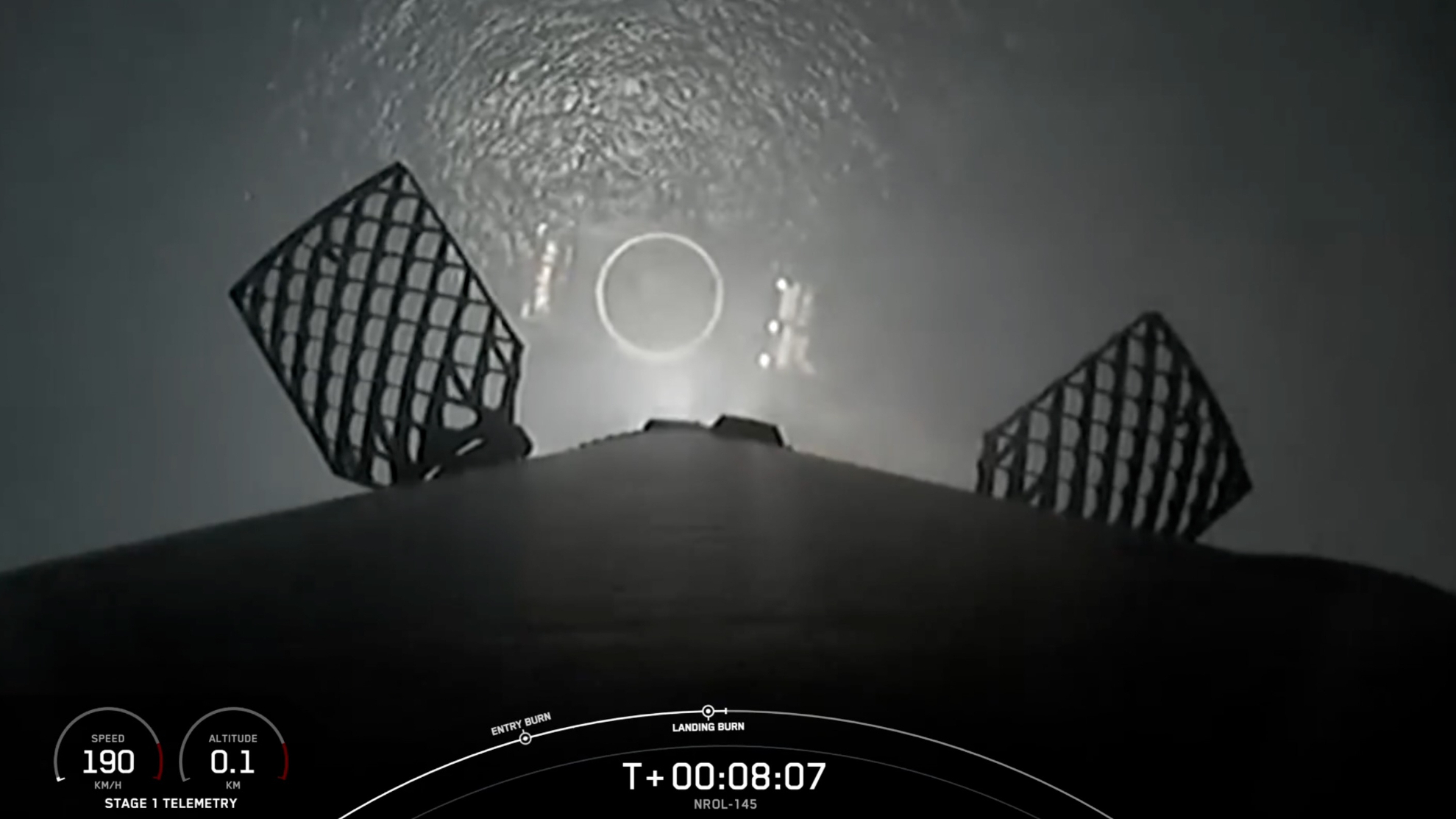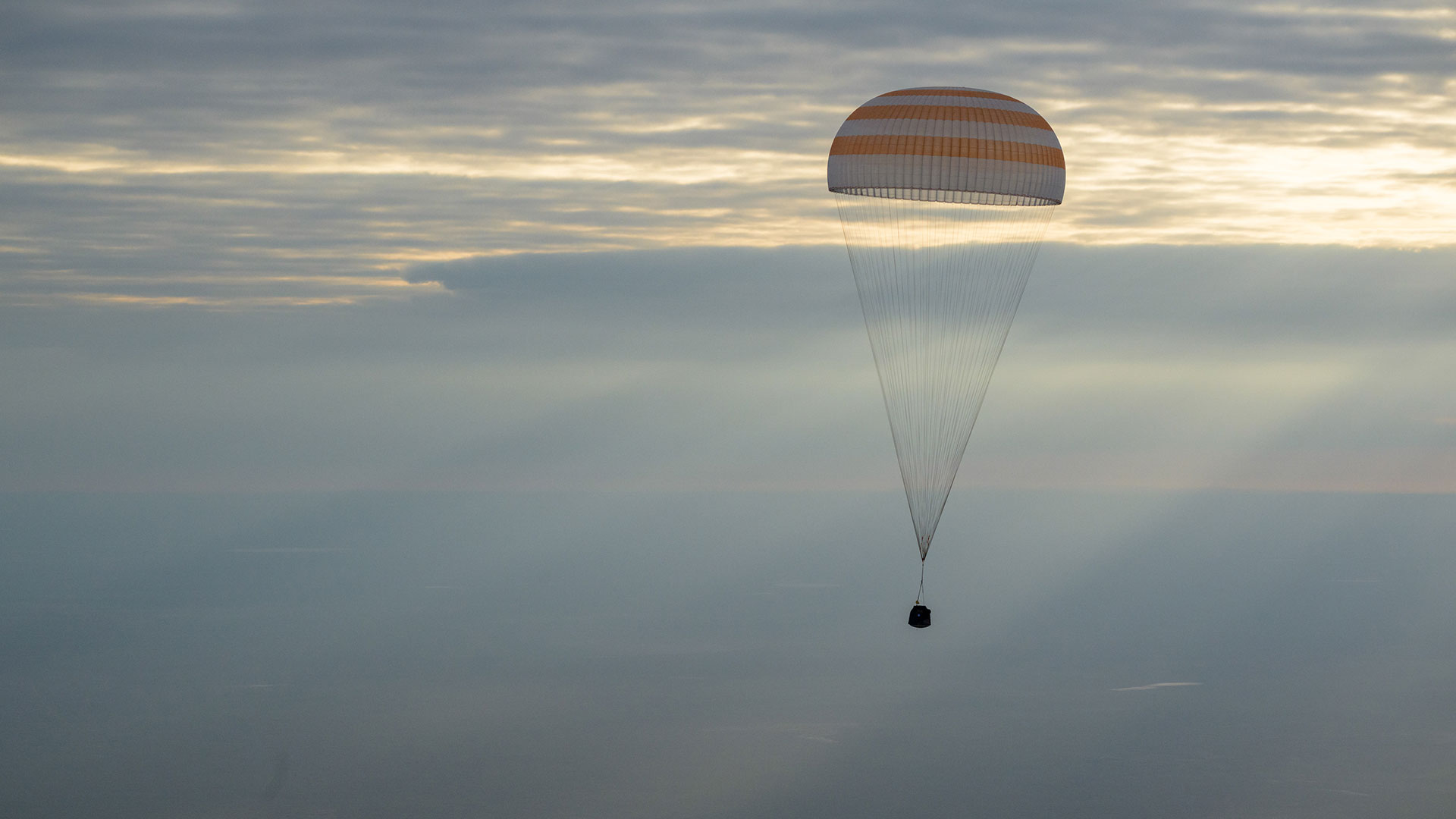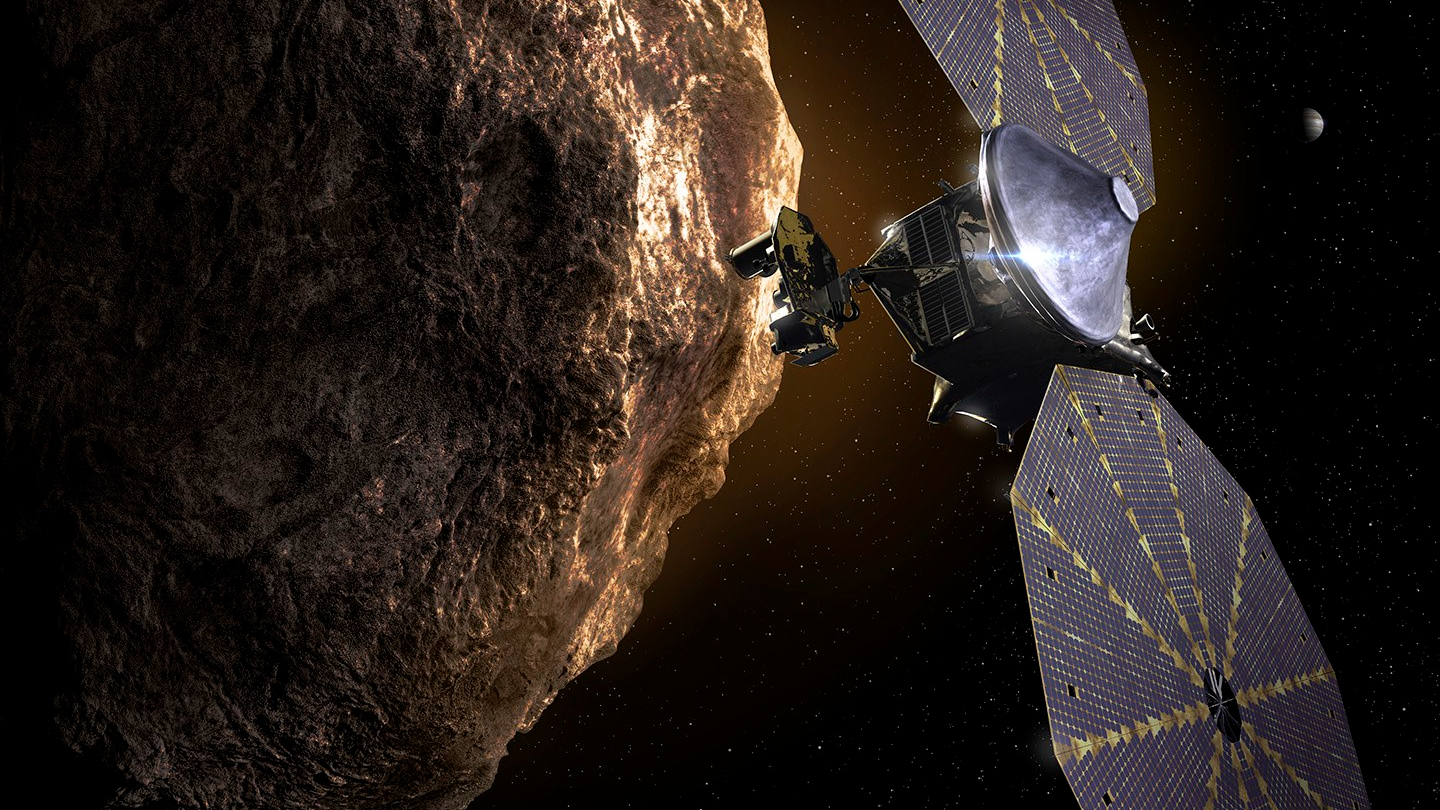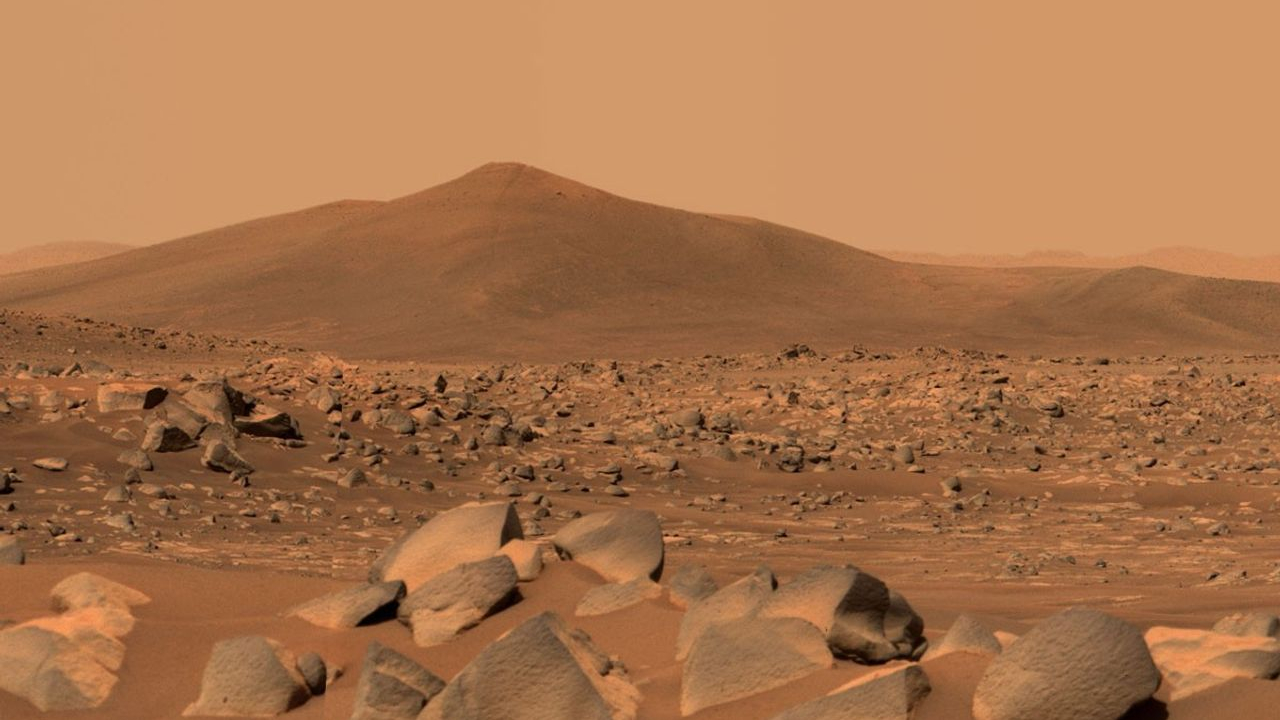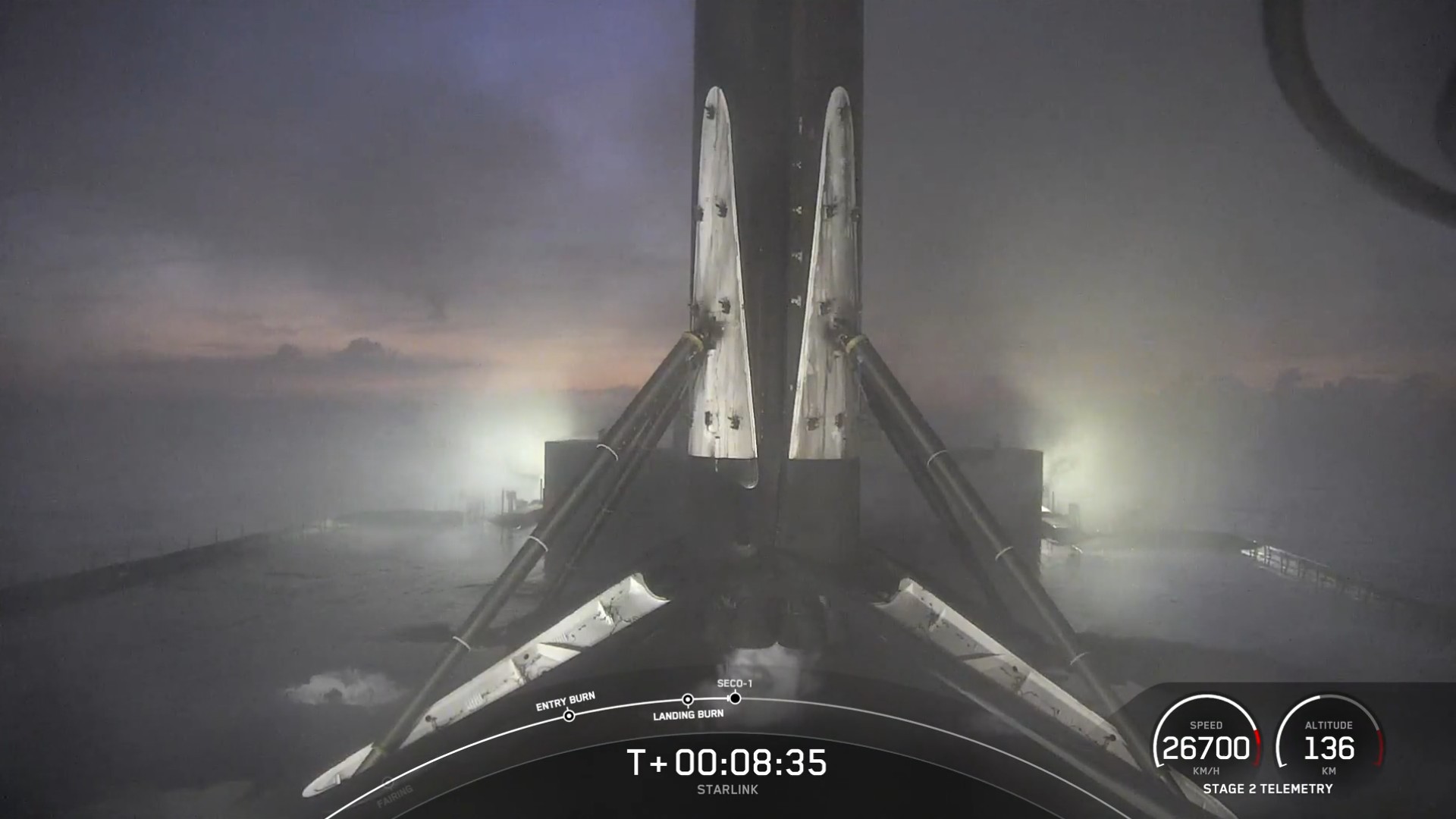Watch SpaceX Launch 64 Satellites Into Orbit on a Really Used Rocket Today!
Editor's note: SpaceX has successfully launched its Falcon 9 Block 5 for the third time. Read our full story: SpaceX Rocket Makes Historic 3rd Launch Into Space with 64 Satellites On Board
SpaceX will launch and land a reusable Falcon 9 rocket booster for the third time today (Dec. 3), and you can watch all the action live online!
In what will be the largest ride-share mission in U.S. history, the "Block 5" Falcon 9 rocket will loft 64 small satellites into orbit after lifting off from Vandenberg Air Force Base in California. Liftoff is scheduled for 1:32 p.m. EST (10:32 a.m. PST; 1832 GMT). A few minutes later, the booster will attempt its third landing on SpaceX's Just Read The Instructions drone ship in the Pacific Ocean.
You can watch a live webcast of the liftoff and landing here on Space.com, courtesy of SpaceX. The webcast will begin approximately 15 minutes before liftoff. [SpaceX's 1st 'Block 5' Falcon 9 Rocket: The Launch Photos]
What's on board
The mission, titled "SSO-A: Smallsat Express," will carry 64 small satellites into low-Earth orbit. Spaceflight Industries, a Seattle-based aerospace company and mission management provider, organized the ride-share mission by bringing together payloads from 34 commercial and government organizations from around the world. SSO-A will be Spaceflight's first ride-share mission and the largest ride-share mission to launch on a U.S. rocket, the company said in a mission description.
Of the 64 small satellites on board, 49 are cubesats, or tiny, 4-inch (10 centimeter) cubes weighing up to 2.9 lbs. (1.3 kilograms). "Among the spacecraft onboard, 23 are from universities, 19 are imaging satellites, 23 are technology demonstrations, two are art exhibits, and one is from a high school," Spaceflight officials said.
One of the more eyebrow-raising payloads is the Elysium Star 2 memorial spacecraft, which contains cremated human remains that will be dispersed in space as part of a "shooting star memorial," a service offered by the San Francisco-based startup Elysium Space.
Get the Space.com Newsletter
Breaking space news, the latest updates on rocket launches, skywatching events and more!
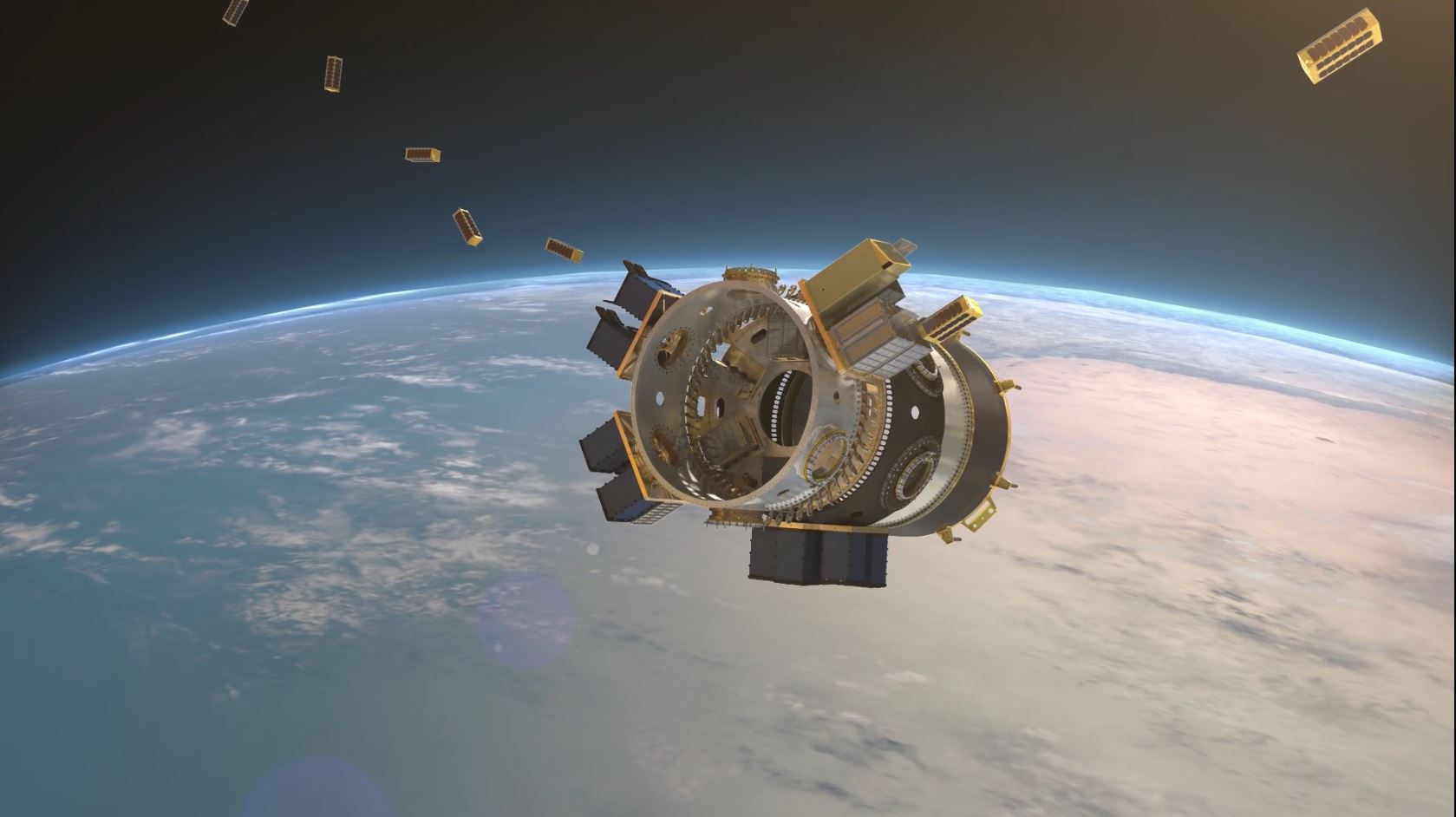
Another spacecraft called Enoch, provided by the Los Angeles County Museum of Art, allegedly contains the "soul" of Robert Henry Lawrence Jr., the first African-American astronaut. A 24-karat gold canopic jar encases a bust of the late astronaut, and the vessel has been blessed at a Shinto shrine in Japan and "recognized as a container for Lawrence's soul," IEEE Spectrum reported.
Another interesting art project on board is a spacecraft called Orbital Reflector that is designed to be visible to people on Earth. Once the cubesat deploys, it will open up to allow a shiny, self-inflating sculpture to unfurl. Skywatchers can spot the sculpture after sunset and before sunrise for about three weeks before it deorbits and burns up in the atmosphere. The fully inflated balloon measures about 100 feet (30 meters) long and is shaped like an elongated diamond.
The Orbital Reflector sounds a lot like Rocket Lab's "Humanity Star," a big disco-ball-shaped satellite launched in January and spent about nine months glowing in the night sky, inspiring skywatchers while irking some astronomers.
While this small-satellite extravaganza will be historic for both Spaceflight and SpaceX, some have expressed concern that these payloads will add to the growing space-debris problem. Not only will the mission send an enormous batch of satellites into orbit, but the payload dispensers that will deploy the satellites "are going to be released from the Falcon 9 with no attitude control or attitude determination," T.S. Kelso of CelesTrak, which tracks objects in Earth's orbit, told Space.com columnist Leonard David.
"I think this is not only irresponsible from a safety-of-flight perspective, but it jeopardizes the time and resources of many of the small operators who may never even hear from their satellites," Kelso added.
A milestone for SpaceX
After launching and landing more than 30 Falcon 9 rockets — and 17 missions on pre-flown boosters — SpaceX aims to make history today by reusing a rocket a second time, making this the first Falcon 9 rocket to fly on three different missions.
The launch vehicle for today's SSO-A mission is the first-ever "Block 5" variant of the Falcon 9. It completed its maiden voyage on May 11, when it launched from Kennedy Space Center in Florida with the Bangabandhu-1 communications satellite for the government of Bangladesh. After delivering Bangabandhu-1 into orbit, the booster returned to Earth to stick an upright landing on a robotic drone ship named Of Course I Still Love You, which was stationed 400 miles (630 kilometers) off Florida's space coast in the Atlantic Ocean.
For its second mission on Aug. 7, the rocket launched an Indonesian telecommunications satellite called Merah Putih into orbit. It lifted off from Cape Canaveral Air Force Station in Florida and again nailed a landing on the same drone ship as before.
Now, the rocket will be launching from the West Coast for the first time, which means that it won't be landing on the same drone ship. Instead, it will touch down on SpaceX's West Coast drone ship, Just Read The Instructions.
Email Hanneke Weitering at hweitering@space.com or follow her @hannekescience. Follow us on Twitter @Spacedotcom and on Facebook. Original article on Space.com.
Join our Space Forums to keep talking space on the latest missions, night sky and more! And if you have a news tip, correction or comment, let us know at: community@space.com.

Hanneke Weitering is a multimedia journalist in the Pacific Northwest reporting on the future of aviation at FutureFlight.aero and Aviation International News and was previously the Editor for Spaceflight and Astronomy news here at Space.com. As an editor with over 10 years of experience in science journalism she has previously written for Scholastic Classroom Magazines, MedPage Today and The Joint Institute for Computational Sciences at Oak Ridge National Laboratory. After studying physics at the University of Tennessee in her hometown of Knoxville, she earned her graduate degree in Science, Health and Environmental Reporting (SHERP) from New York University. Hanneke joined the Space.com team in 2016 as a staff writer and producer, covering topics including spaceflight and astronomy. She currently lives in Seattle, home of the Space Needle, with her cat and two snakes. In her spare time, Hanneke enjoys exploring the Rocky Mountains, basking in nature and looking for dark skies to gaze at the cosmos.
